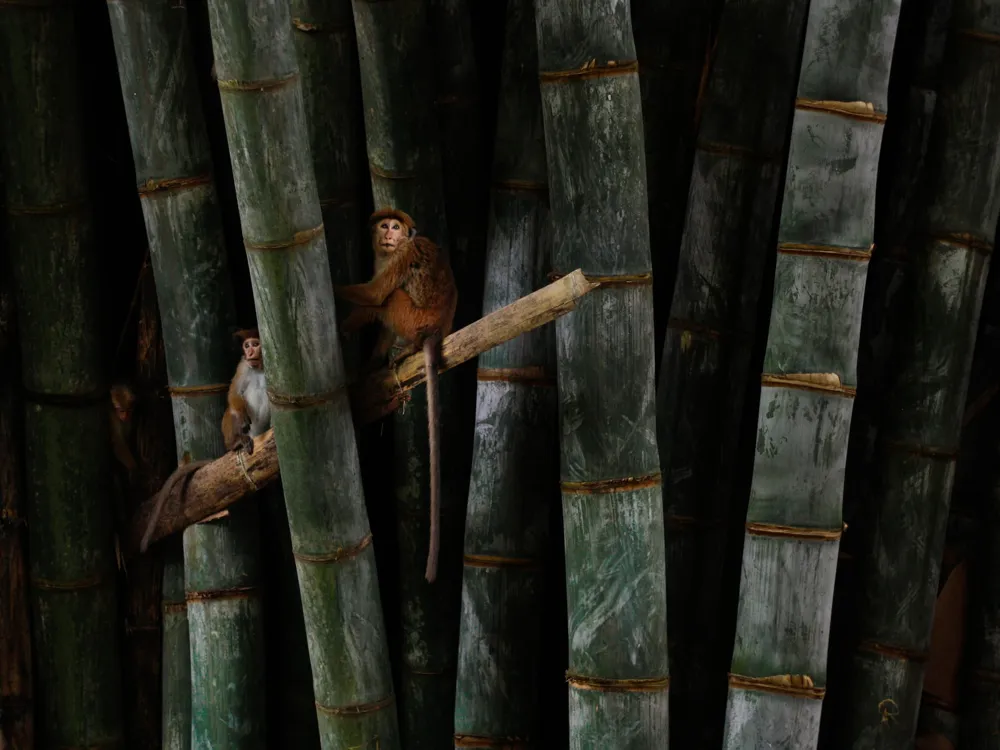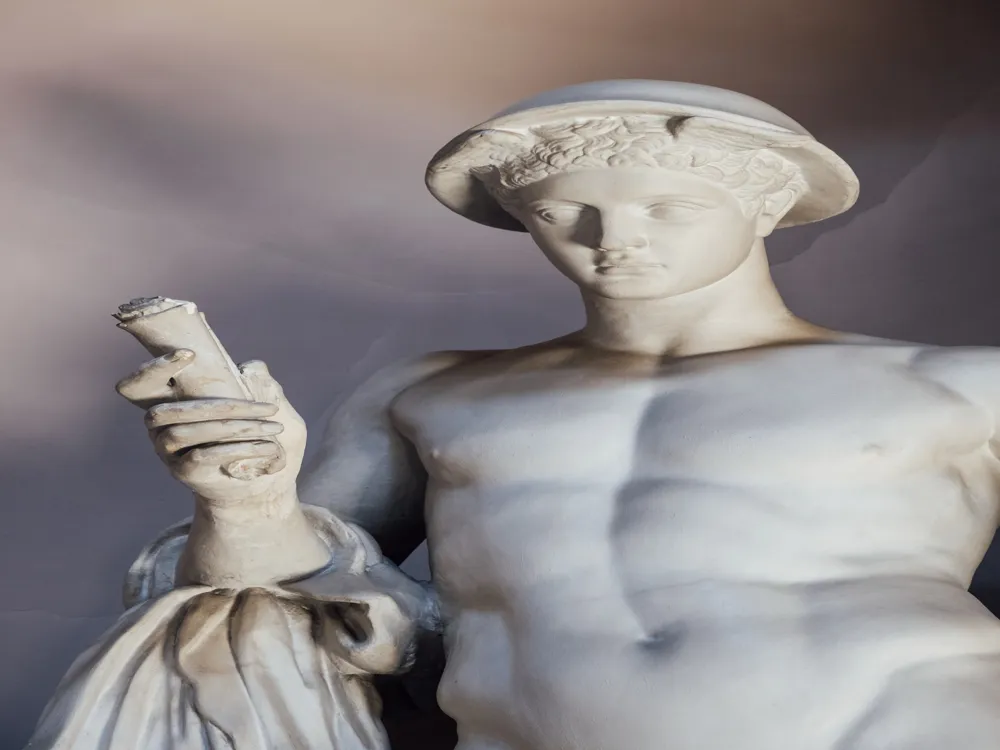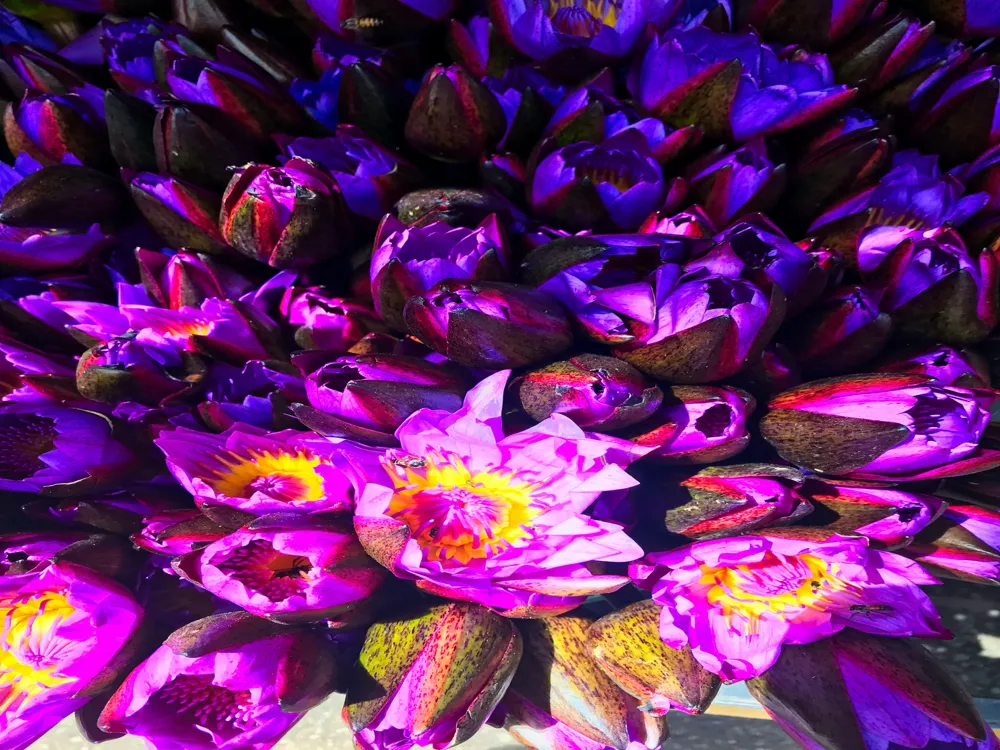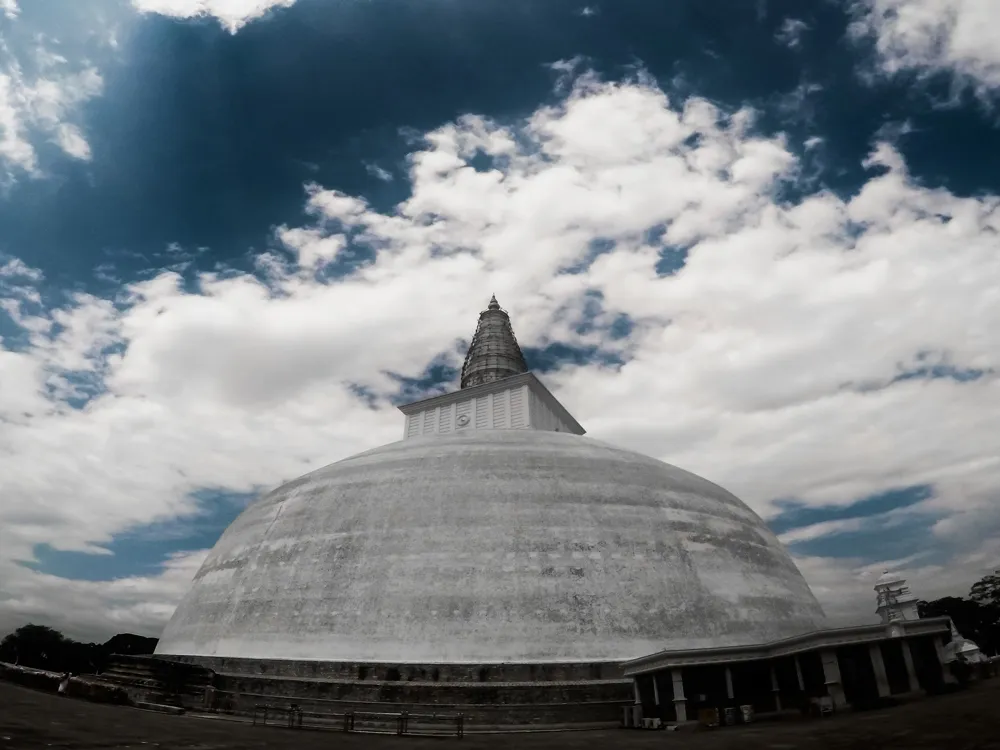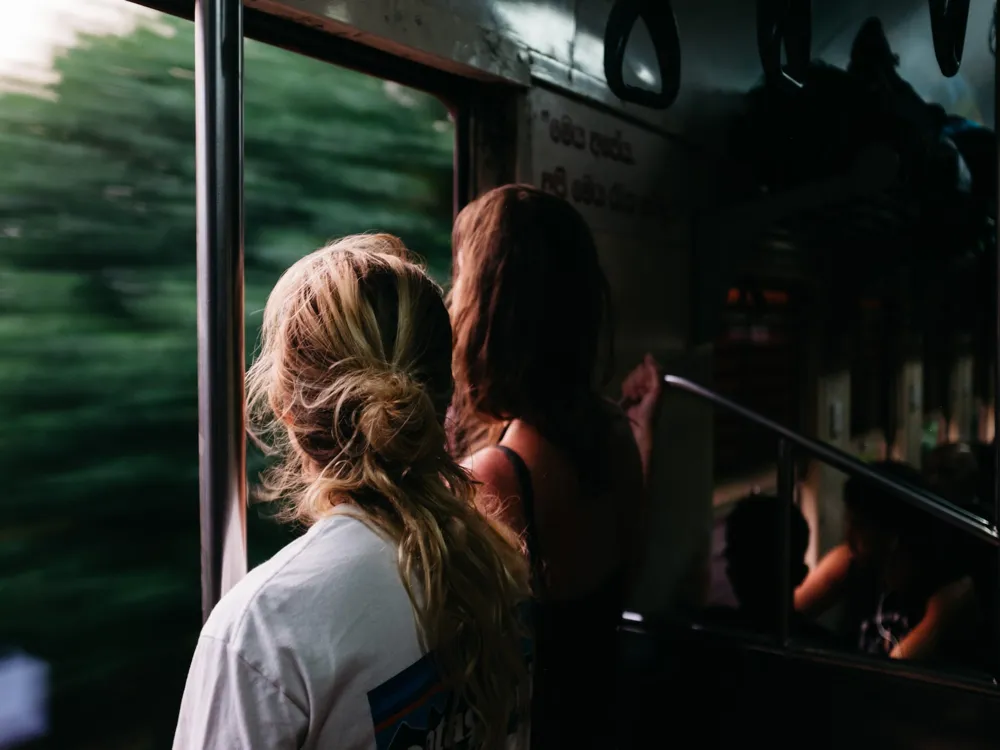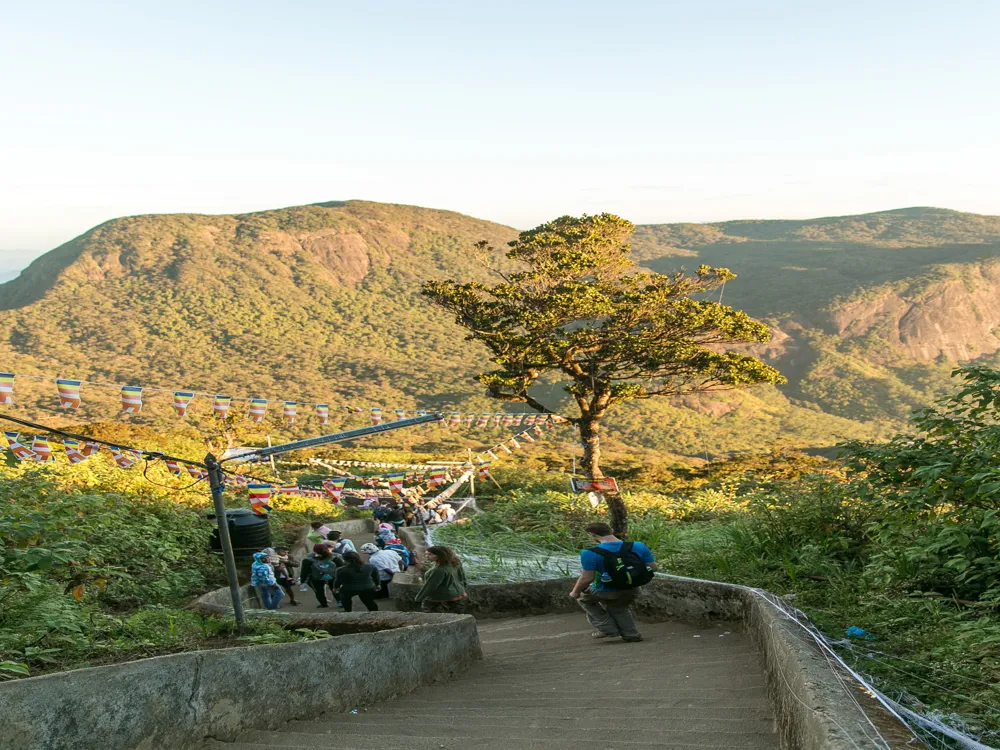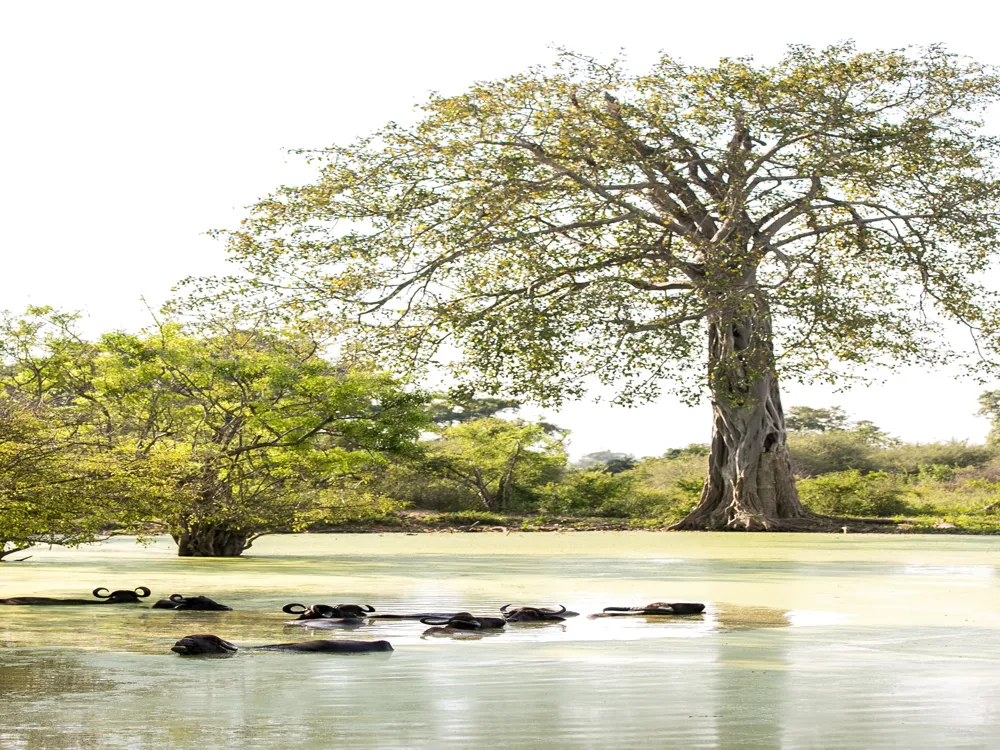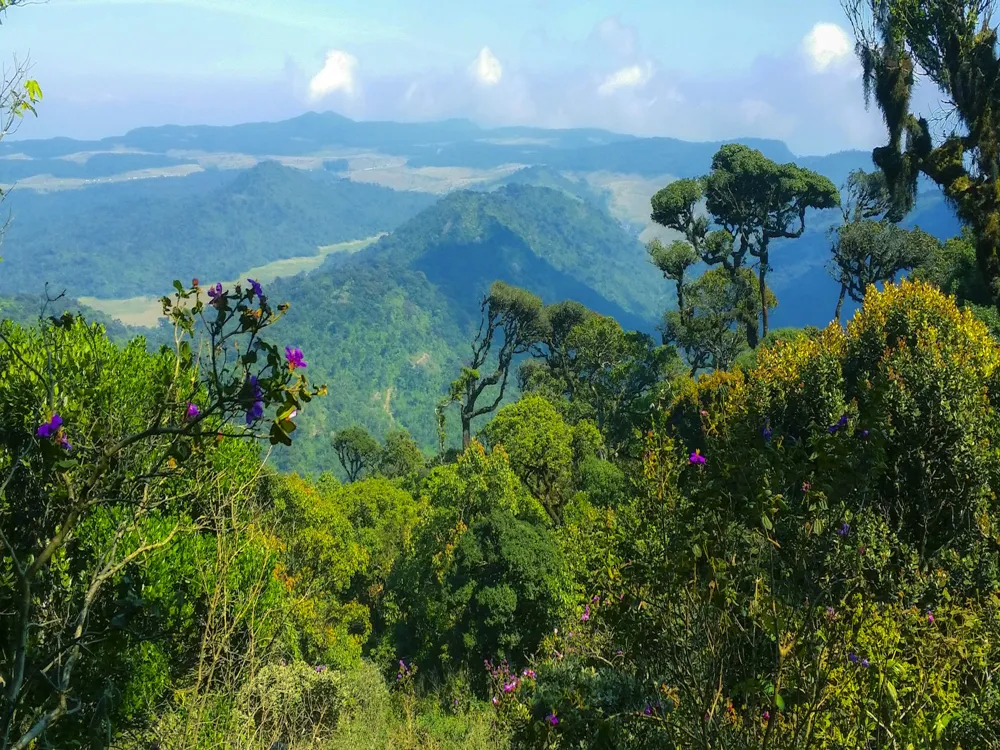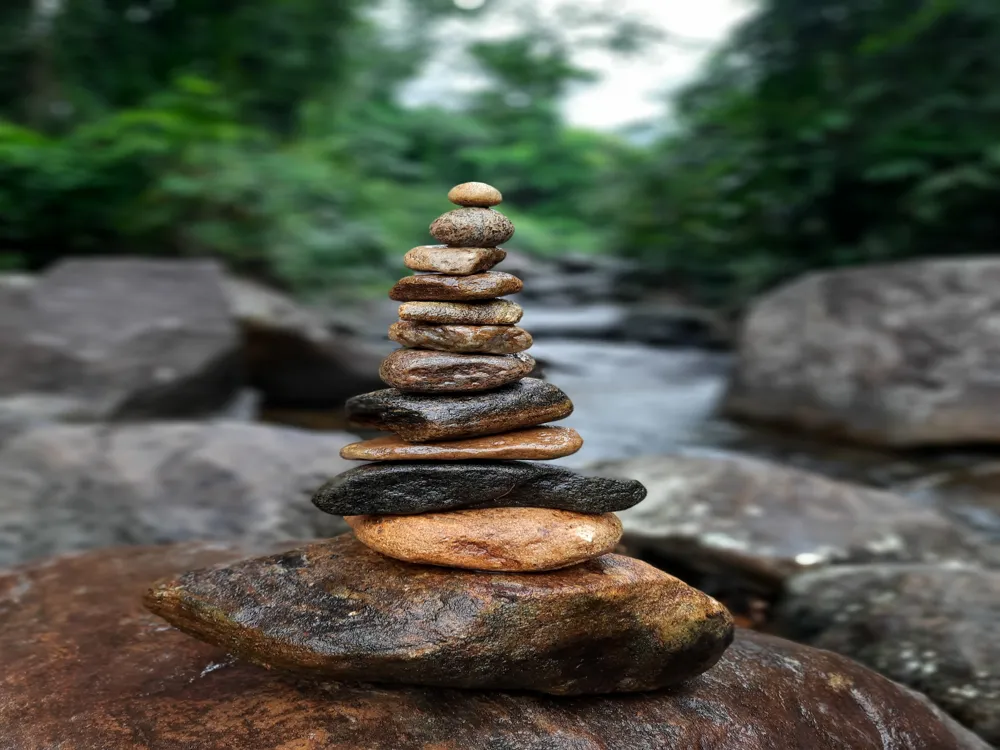Degaldoruwa Raja Maha Vihara, a hidden gem in the heart of Sri Lanka's Kandy region, stands as a testament to the island's rich cultural and religious history. This Buddhist temple, nestled amidst lush greenery, is not just a place of worship but a capsule of historical and artistic significance. Dating back to the 18th century, during the reign of King Kirthi Sri Rajasinghe, the temple serves as a beacon of ancient Sri Lankan craftsmanship and religious devotion. The Vihara is renowned for its intricate murals, which depict scenes from Jataka tales (stories of Buddha's previous births) and significant events in Buddhist lore, painted by artists of the Kandyan era. The Vihara's architecture reflects a unique blend of traditional Sri Lankan and South Indian styles. The temple complex is adorned with a variety of sculptures and carvings that showcase the skill and creativity of the artisans of the time. Its most striking feature is the cave temple, which houses a reclining Buddha statue, exquisitely carved and showcasing the serene countenance of the enlightened one. The walls around this statue are embellished with murals that are considered masterpieces of Sri Lankan art. These paintings are characterized by their vibrant colors, intricate detail, and the depiction of both earthly and celestial beings in harmonious coexistence, illustrating the Buddhist concept of the universe. In addition to its artistic value, Degaldoruwa Raja Maha Vihara plays a pivotal role in the local community's spiritual life. It continues to be a center for Buddhist teaching and meditation, attracting monks and laypeople alike who seek spiritual guidance and peace. The temple's serene ambiance, coupled with its historical and cultural significance, makes it a must-visit destination for anyone interested in Sri Lanka's rich heritage. The architecture of Degaldoruwa Raja Maha Vihara is a splendid example of the Kandyan era's artistic prowess. The temple complex is primarily known for its cave temple, which was carved out of a large rock boulder. This architectural technique, known as rock temple construction, is a distinctive feature of many ancient Sri Lankan temples, reflecting the island's long-standing tradition of harmonizing architecture with the natural environment. The cave temple's entrance is adorned with elaborate carvings and traditional Kandyan motifs, inviting visitors into a world where art and spirituality merge seamlessly. Inside, the cave temple opens up into a spacious chamber, housing the reclining Buddha statue. This statue, skillfully crafted from rock, is a masterpiece of Buddhist sculpture, capturing the Buddha in a moment of serene repose, symbolizing his entry into Nirvana. Surrounding the Buddha image, the cave walls are covered with a series of murals, painted in vibrant hues. These murals are not just decorative; they are a visual narrative of the Buddha's teachings and his previous lives. The artistry displayed in these murals is remarkable for its attention to detail, the fluidity of the figures, and the use of color to convey emotion and atmosphere. The temple complex also includes other structures, such as the “Dharmasala” (preaching hall), where religious teachings and community gatherings take place. This hall, like the rest of the temple, features traditional Kandyan architecture, with a high-pitched roof, wooden pillars, and intricate carvings. The blend of architectural elements from different periods and styles in the temple complex provides insights into the evolution of Sri Lankan architecture and the island's historical interactions with other cultures. As a sacred Buddhist site, visitors should dress modestly and remove footwear before entering the temple premises. It's also important to follow the local customs, such as not turning your back to Buddha statues while taking photographs. The ideal time to visit the temple is during the early morning or late afternoon when the weather is cooler and the temple is less crowded, allowing for a more peaceful and reflective experience. Consider hiring a local guide who can provide in-depth information about the temple's history, architecture, and the significance of its murals and sculptures. This can greatly enhance the understanding and appreciation of the site. While photography is generally allowed, it's advisable to check for any restrictions, especially when it comes to using flash photography, as it can damage the ancient murals. Purchasing souvenirs or refreshments from local vendors near the temple can help support the local economy. However, visitors should be mindful of the environmental impact and avoid littering. Degaldoruwa Raja Maha Vihara is located approximately 4 kilometers from the city of Kandy, making it easily accessible by various means of transportation. Visitors can opt for a short tuk-tuk ride from Kandy, which is a convenient and affordable option. For those preferring public transport, buses heading towards Ampitiya from Kandy will pass near the temple. Additionally, hiring a private car or taxi offers a more comfortable journey and the flexibility to explore the surrounding areas at one's own pace. Read MoreOverview of Degaldoruwa Raja Maha Vihara
Architecture of Degaldoruwa Raja Maha Vihara
Tips When Visiting Degaldoruwa Raja Maha Vihara
Respecting Religious Customs
Best Time to Visit
Guided Tours
Photography Etiquette
Supporting the Local Community
How To Reach Degaldoruwa Raja Maha Vihara
Degaldoruwa Raja Maha Vihara
Kandy
₹ 13,368 onwards
View kandy Packages
Weather :
Tags : Temple
Opening Hours: : 6 AM - 6 PM (Mon - Sun)
Entry Fee: : No charges (though donations are encouraged!)
Planning a Trip? Ask Your Question
Kandy Travel Packages
View All Packages For Kandy
Top Hotel Collections for Kandy

Private Pool

Luxury Hotels

5-Star Hotels

Pet Friendly
Top Hotels Near Kandy
Other Top Ranking Places In Kandy
View All Places To Visit In kandy
View kandy Packages
Weather :
Tags : Temple
Opening Hours: : 6 AM - 6 PM (Mon - Sun)
Entry Fee: : No charges (though donations are encouraged!)
Planning a Trip? Ask Your Question
Kandy Travel Packages
View All Packages For Kandy
Top Hotel Collections for Kandy

Private Pool

Luxury Hotels

5-Star Hotels

Pet Friendly








